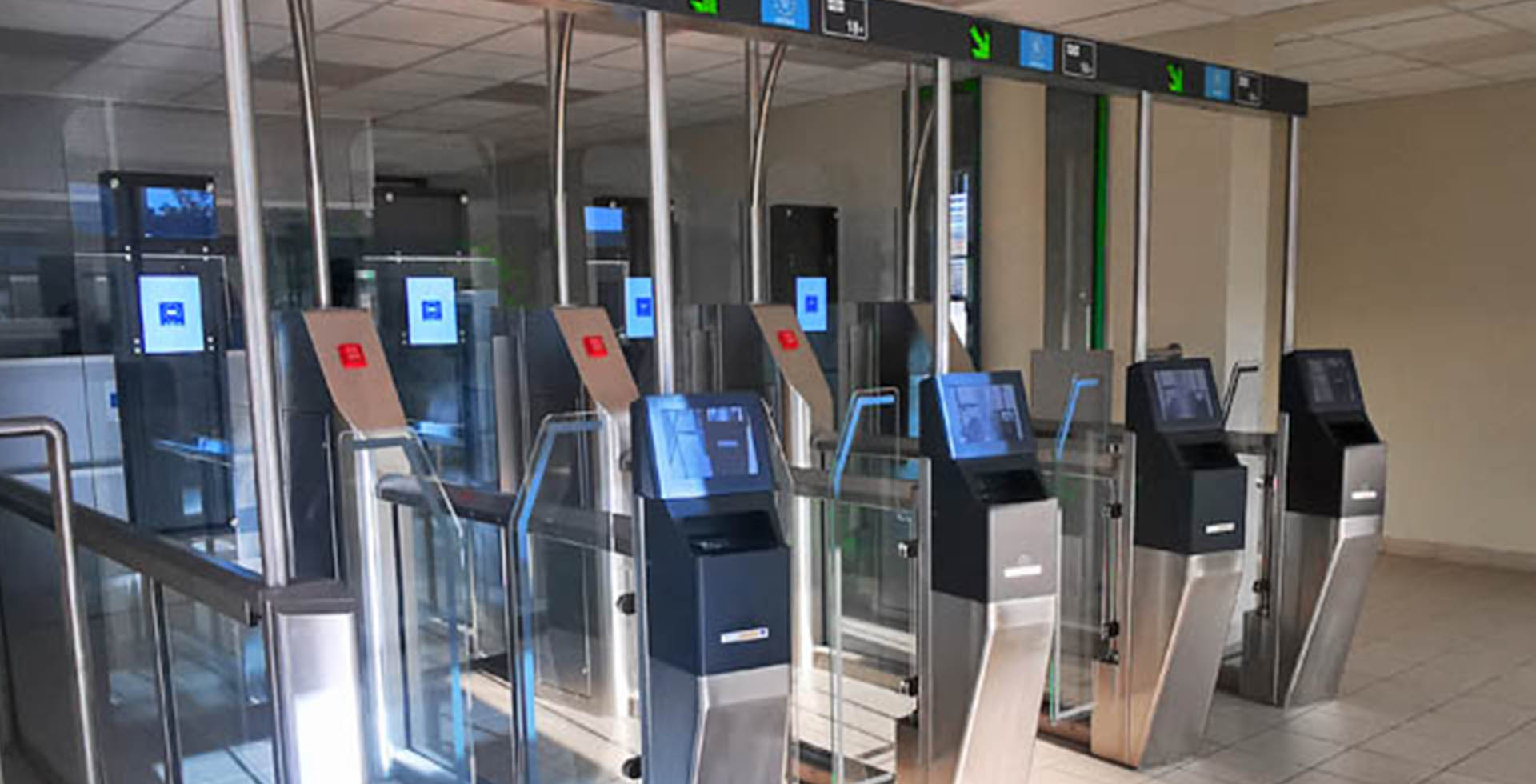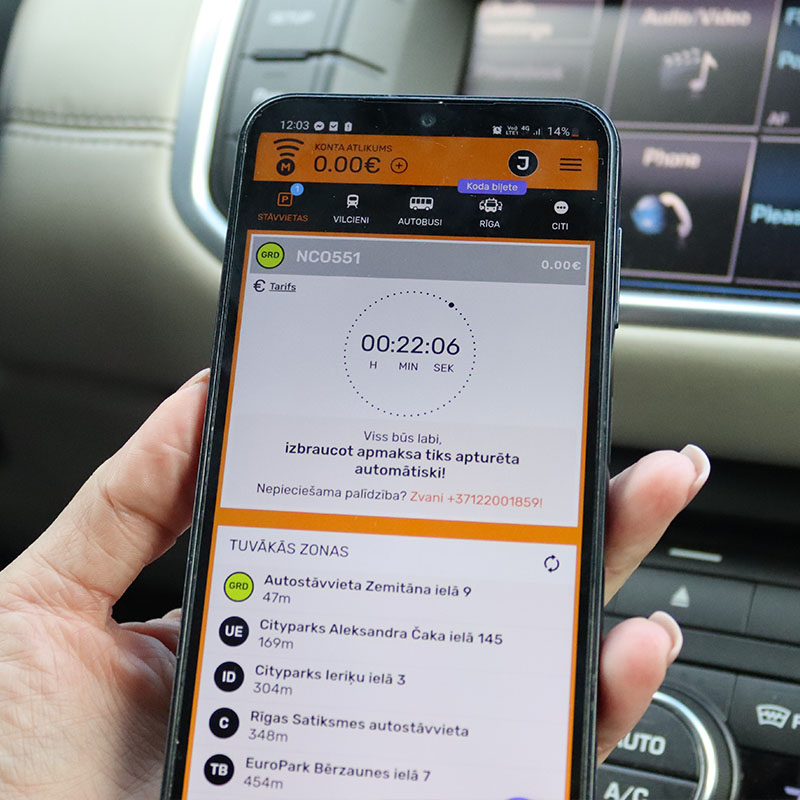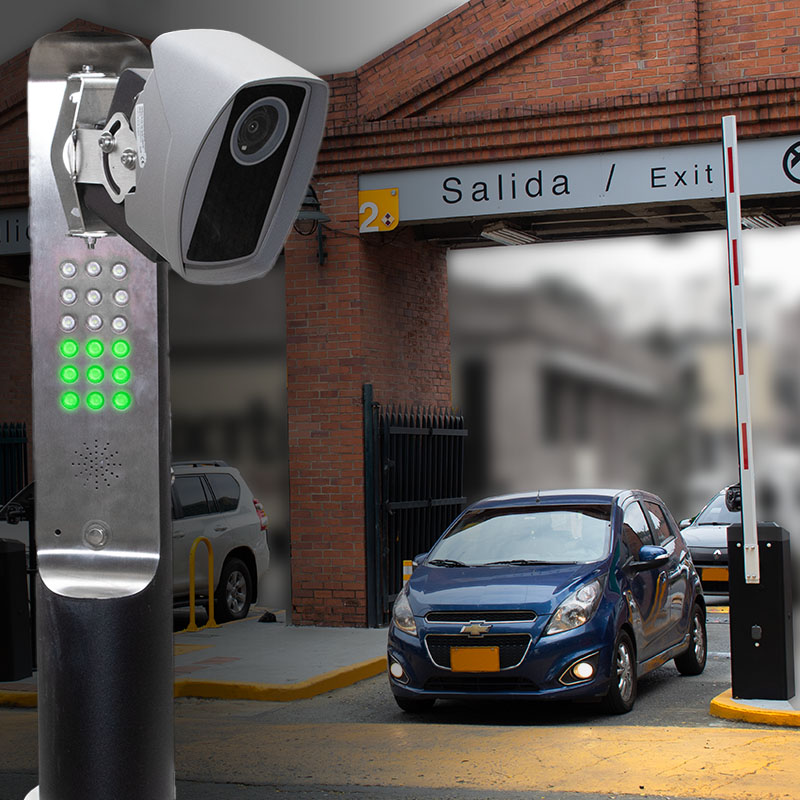What Is EES?
EES stands for European Entry/Exit System – a new regulation that urges EU borders to become even more secure via fully biometric border control. If you follow our blog, you may remember the article we wrote back in 2019, mentioning that “all of the external borders of the European Union (EU) are to become biometric by 2021, which effectively requires authorities to register travelers to the EU from third countries: a tremendous challenge, to say the least.”
‘Becoming biometric’ in this sense means that EES will add biometric enrolment to the border control process – to be more precise, high-quality face portraits and fingerprints will have to be acquired from all third-country nationals entering the Schengen area.
Though the EES requirements have been delayed to 2022, past a worldwide crisis (and still ongoing) – and while many airports already use biometrics in their Automated Border Control process, it is still a question how the new biometric enrolment obligation will be completed at the borders, especially regarding the fingerprint acquisition.
Fortunately, the first issued EES tenders, by Frontex, for example, reveal possible system architectures consisting of self-service kiosk systems and ABC gates. EES can become a reality only if all involved players put their ideas together: this is why border control flow scenarios remain hot topics amongst experts, authorities, and various industry players – including us, Adaptive Recognition.
The First EES-ready Land Border?
One of the factors that kept everyone concerned was how much the new regulation would slow down the entire border control process. The German Smart Borders pilot project is a good example that proved that adding EES obligations to the regular border control procedure can almost triple (!) the required time – for processing each traveler. Therefore, automated processes and self-service systems will play a key role in compensating for the additional efforts.
At the land border in Röszke, the Hungarian National Police was seeking a solution to speed up the process of checking passengers traveling in buses while at the same time guaranteeing the required depth of border control checks.

A good solution for that is using ABC – Automated Border Control gates: as we learned also from the Ferenc Liszt Airport project, these smart units remarkably accelerate the border control process for freedom of movement (FOM) travelers and make it fully automatized thanks to the self-service operation. The question was: can ABC systems reduce waiting times at land borders? Would it help the preparation for EES?
Secunet, a leading provider of border control solutions, and one of the key players providing a complete EES-ready portfolio, together with Adaptive Recognition, implemented this first automated border control system (ABC gates) in a land border scenario in the Schengen area. The ABC system speeds up security checks and biometric verification for low-risk travelers.
Though EES is not put in force yet, these steps, such as implementing ABC systems, definitely help make the border EES-ready. Once EES is in place, automating steps of the border control process at entry as well as exit with high-secure and efficient ABC systems for FOM, as well as self-service kiosk systems for TCN, will help absorb the additional workload that border control officials are facing.
The new border control process
The location is Röszke, a border control station between Hungary and Serbia: here, 4 new self-service e-gates – secunet easy gates – were put in operation, to allow travelers to pass through the border more quickly using their passport and face biometrics.
The key benefit is how these e-gates relieve border control officials: instead of manual checks one by one, those travelers entitled to freedom of movement (FOM) use the ABC gates in a self-service way – while officials deal with those passengers who require further checks.
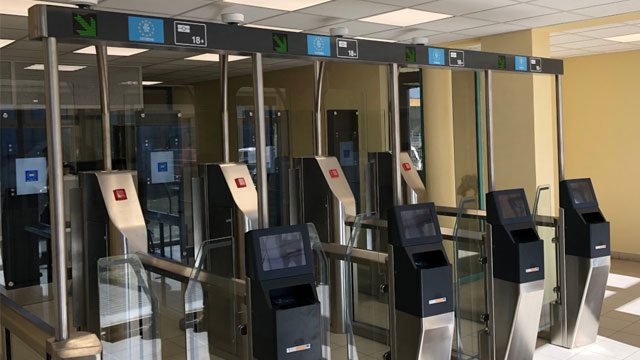
Let’s see the process. When a bus arrives at the border control, travelers have to exit the vehicle and proceed to the security checks – while the bus is empty, the border police inspect the vehicle. The passengers already know what to expect during the process: a video guide is being played on the bus, before reaching the border.
Using the e-gates, a so-called integrated two-step process is performed, whereby the first step is an eligibility check through identity document verification and the second step is the biometric check of the traveler. These functions are implemented by the smart technology components of the e-gate: the entry kiosk with an integrated passport reader device and a face-capturing module integrated into the exit door.
A Closer Look at the E-gate
What does the e-gate do? In a nutshell, it identifies the person by verifying the identity document and the biometric data – and it manages access control in a self-service way, to maintain passenger flow.
The process starts with personal identification – the built-in device that makes it possible is the Combo Smart Kiosk passport reader, one of our ABC-compliant ID document readers.
It takes only a few seconds while this unit checks the authenticity of the electronic identity document, such as a passport and national ID card – both optically and electronically, including checks for paper, ink, security patterns, and data consistency.
If the document inspection is successful, the e-gate entry door opens, and the passenger steps inside the e-gate for the biometric check. After the live facial image capturing is done, it is automatically compared with the image read out of the chip of the electronic ID (ID card or passport). Successful verification will open the exit door and the passenger can continue his/her journey.
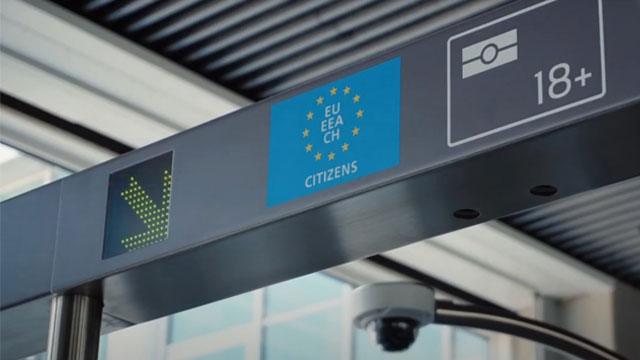
The whole process only takes an average of 12 seconds. The self-service e-gate provides all data from the automated border control process in real time to a monitoring station that is supervised by a border control officer, who also assists travelers in case of any issues throughout the ABC process.
The four new ABC gates in Röszke complement 14 other secunet easygates that the Hungarian authorities have already been operating since 2019 at the international airports in Budapest and Debrecen. We have already written about it – read more in this case study.
More About secunet Easygates
In total, more than 350 secunet easy gates are now used at international airports in Germany, Austria, Czech Republic, Poland, Hungary, Lithuania, and Iceland among others. Travelers have already used these e-gates around 100 million times. Learn more about secunet easygates.
More About Adaptive Recognition Scanners
If you travel regularly, there is a pretty high chance that our passport and ID scanners have already verified one of your travel documents. These scanner devices are designed for professional 1st line verification, to speed up and secure border control procedures. Besides governmental use, passport reading is widely applied in lots of commercial projects as well – like in these ATMs, this duty-free shop, or these travel agencies.
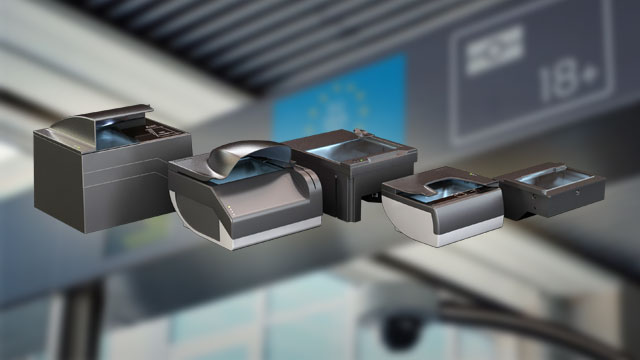
Stay up-to-date about EES – subscribe to our newsletter at the bottom of this page.
Sources & Further Reading
- EES official information
- Adaptive Recognition ID/passport scanner portfolio
- Whitepaper: Kiosk systems in border control (Why kiosks play a key role in the launch of the European Entry/Exit System)
- secunet EES solutions

